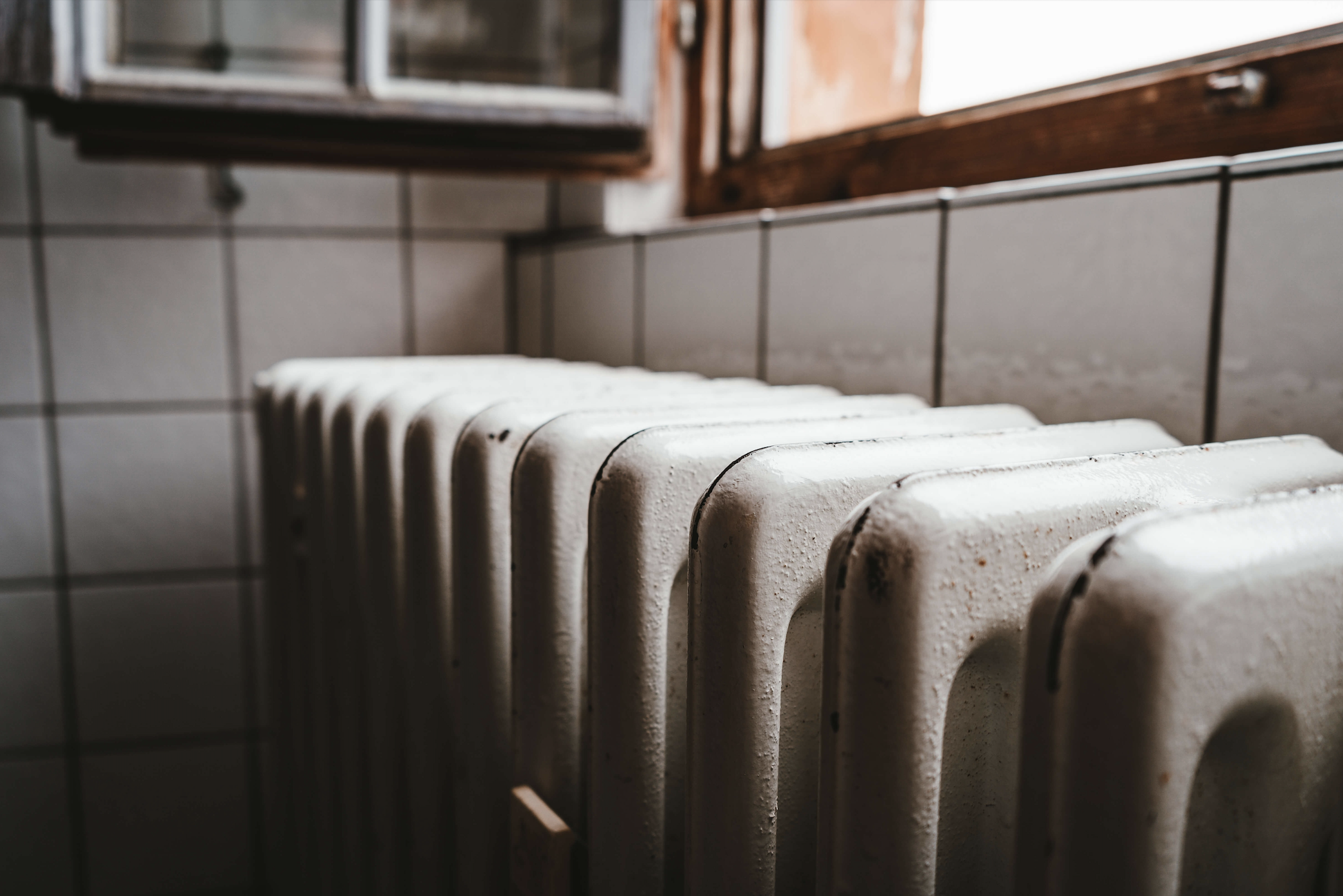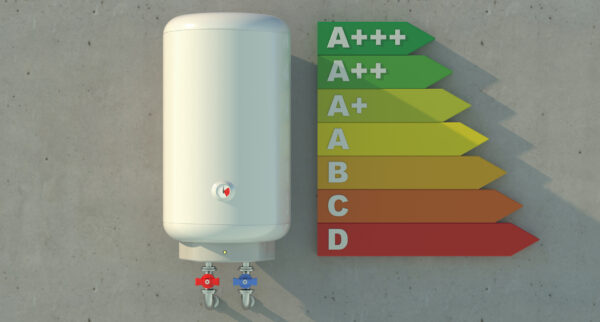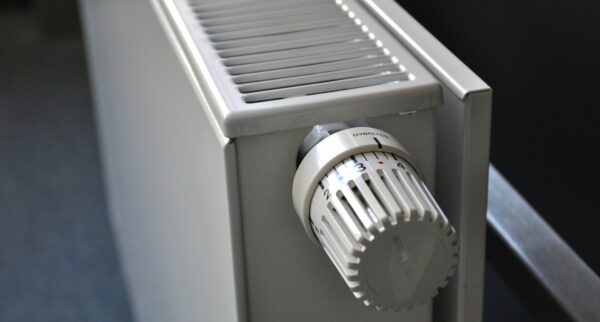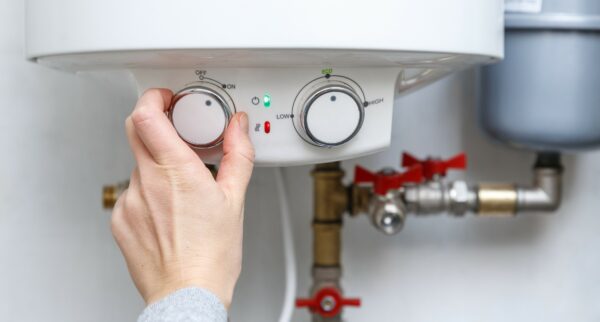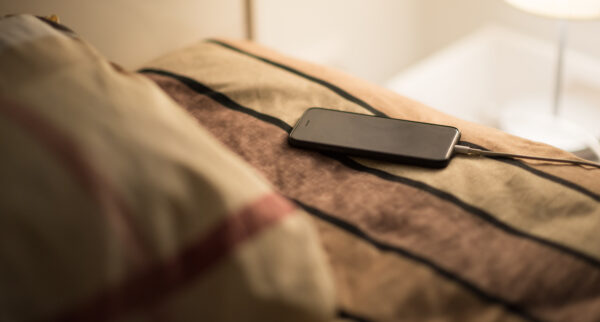Call us today 0207 32 32 999
Radiators are usually brilliant at keeping homes toasty and warm throughout the winter months, but if a problem arises radiators can quickly cease to function properly. Cold radiators are a common issue, particularly when the weather cools down at the end of Autumn and homeowners begin to switch their heating systems back on after a prolonged period of inactivity.
If you’ve recently switched your heating on and your radiators are not heating up, there are a series of steps that you can take to diagnose the issue, and fix it fast.
Some of these troubleshooting processes are relatively simple and can be undertaken by those with little experience, making them ideal for homeowners looking to get their heating back up and running as quickly as possible. Of course, if these don’t work, there are other steps that can be taken, but these are sometimes best left to the professionals.
Take a look at some of our tips on what to do if your radiator not working after bleeding, and you’ll soon see whether your heating problem is something that you can fix yourself, or whether you’d be better off calling in an engineer.
Table of Contents
ToggleRadiator not working after bleeding
If your radiator won’t heat up the first step is to bleed it. Bleeding is a relatively simple task, and one which should be undertaken regularly (at least once a year). Before you dive into more complex checks, make sure your radiators have all been bled fully, and that no trapped air has remained after bleeding.
To bleed the radiator, you’ll just need to ensure the system is switched off and left to go cold, before opening the valve at the side of your radiator. When you do this you may hear a hissing noise, and you’ll simply need to wait until this hissing has halted before closing the valve back up again.
This process removes any trapped air from the radiator, which could otherwise have caused cold patches or even a completely cold radiator. If your radiator is not working after bleeding then you need to move on to the following steps to identify the root cause of the problem.
Checking your TRV valves
The thermostatic radiator valve, also known as the TRV, can sometimes cause radiators to remain cold even if the heating system is on. The problem is usually caused by a stuck pin in the valve, and this is something that’s easy to check for without having to call in an engineer.
To check whether there’s a stuck pin in your TRV valve, you’ll need to find the valve at the side of your radiator with the temperature dial on it, and remove the cap on it. The pin is housed beneath this cap and can be immediately seen once the cap is removed. If this pin is stuck in the shut position, then it’s likely that this is the cause of your cold radiator.
The stuck pin will stop the radiator from turning on even when the dial has been turned on, meaning the radiator remains off despite your best efforts to bring it back to life. Solving the problem is as simple as shifting this stuck pin, so it’s an easy fix.
Use a spanner to get a good hold of the pin, and try to move it up and down. Once the pin has been loosened, your radiator will be able to heat back up as hot water starts to flow through. Switch the heating back on to see if your adjustment has solved the problem. If it has, place the cap back on and your radiator should be back in full working order.
Flushing the system
If you’ve checked your TRV valve and found that the pin isn’t stuck, you might need to move on to more drastic measures. One of the possible causes of cold radiators is blockages in the system. Flushing the system can help to solve this issue, and if you have some plumbing experience you may be able to take the job on yourself.
If you have little experience in this process, we always recommend that you call in an engineer to flush the system for you. Flushing the system can be quite a tricky and time-consuming task, and unfortunately, it can be fairly messy too.
Give your local engineer a call and talk them through the problems you’re having with your cold radiator; they should be able to assist you if the system needs to be flushed.
A heating engineer will carry out a number of checks on your system to determine whether or not flushing might resolve the issue. If flushing is found to be the best option, your engineer will be able to manage the process for you, and your radiators should soon be back in full working order as soon as the process is complete.
How to balance your heating system
Another common problem that can leave some radiators far cooler than others is an unbalanced system. Central heating systems take hot water from one radiator to another, and as such, some radiators can remain cold if the system pressure isn’t quite right.
Check that your boiler pressure is adequate, and regulate your thermostatic radiator valves to make sure your system is balanced.
If you don’t have much experience, it’s worth calling in an engineer to ask for their advice on whether balancing issues could be causing cold radiators in your home.
Radiators not heating up?
If your radiator won’t heat up and you’ve taken the above steps to resolve your heating issue then it may be time to contact an expert.
Maintaining your heating system annually to inspect your boiler, pump and other parts of your heating system is a good way to protect yourself from potentially expensive repairs.
Usually, the terms and conditions of your boiler insist upon regular maintenance so make sure to check this and follow the guidelines.
Get advice if your radiator won’t heat up
If your radiator is not working after bleeding, it shouldn’t be cause for alarm. There are several steps that you can take to get your radiator back in action, many of which are relatively simple and won’t break the bank.
Get in touch for all of the information if your radiator won’t heat up and to make sure your radiator is always in peak condition.
